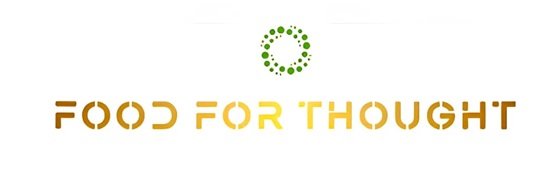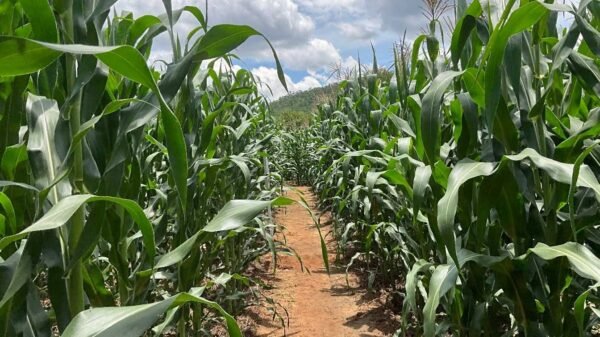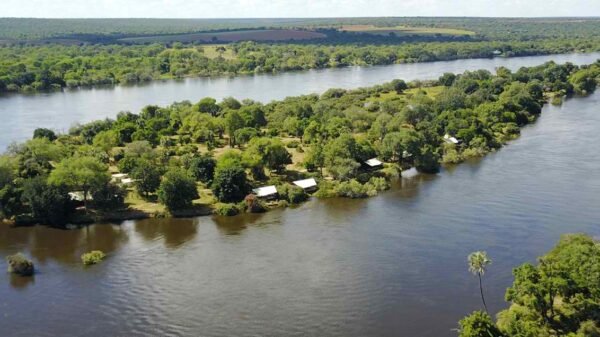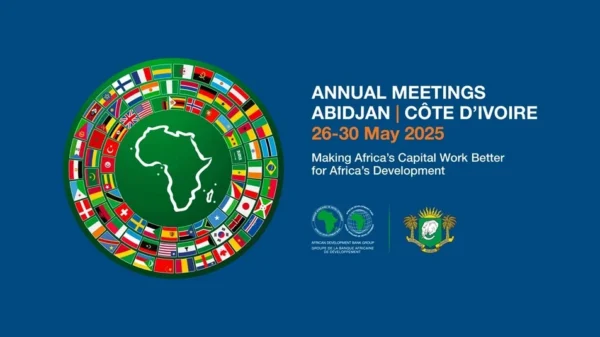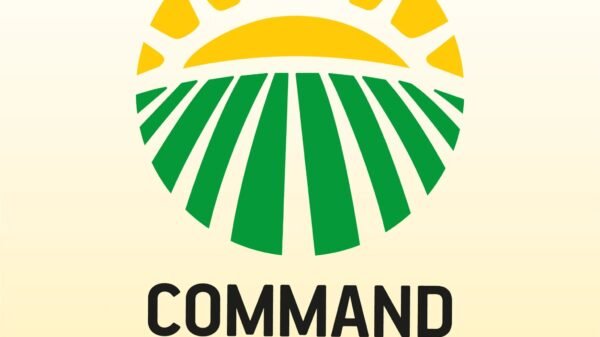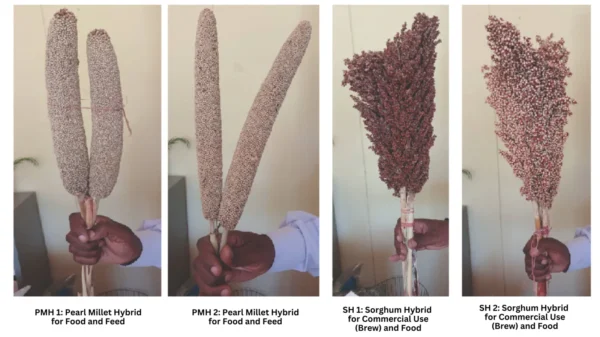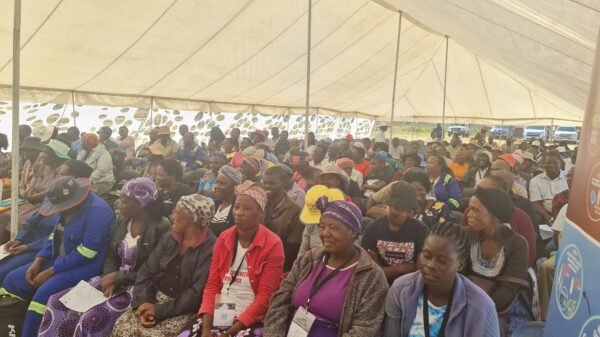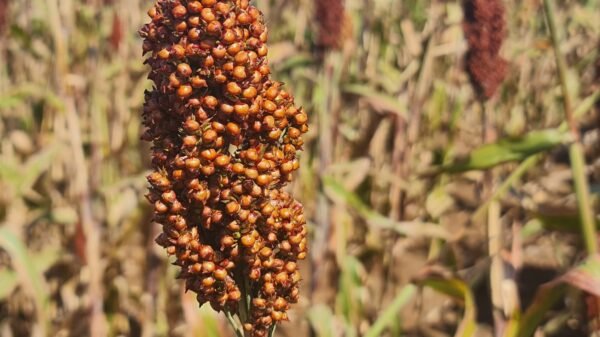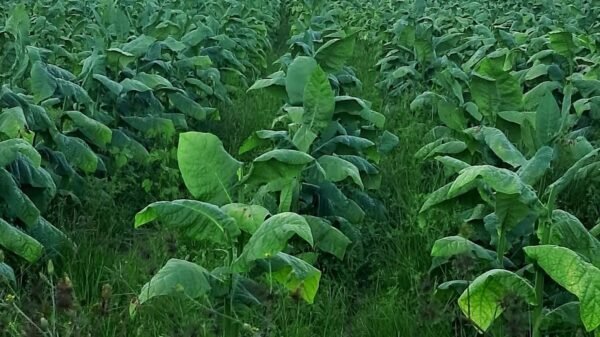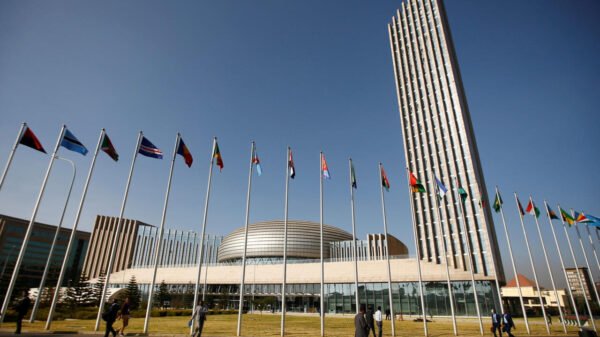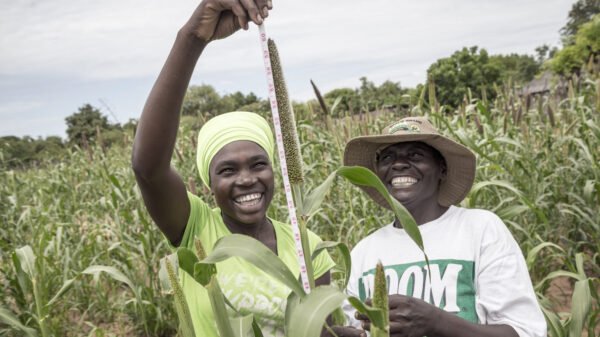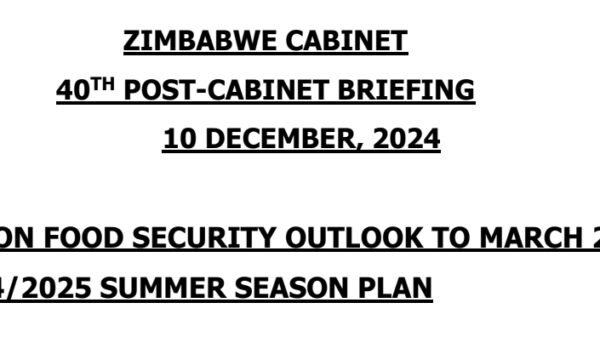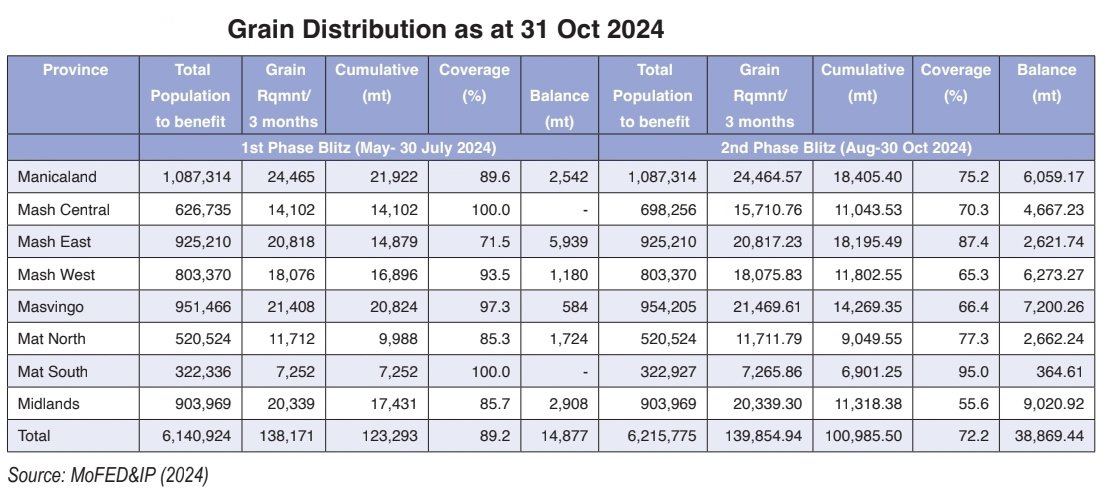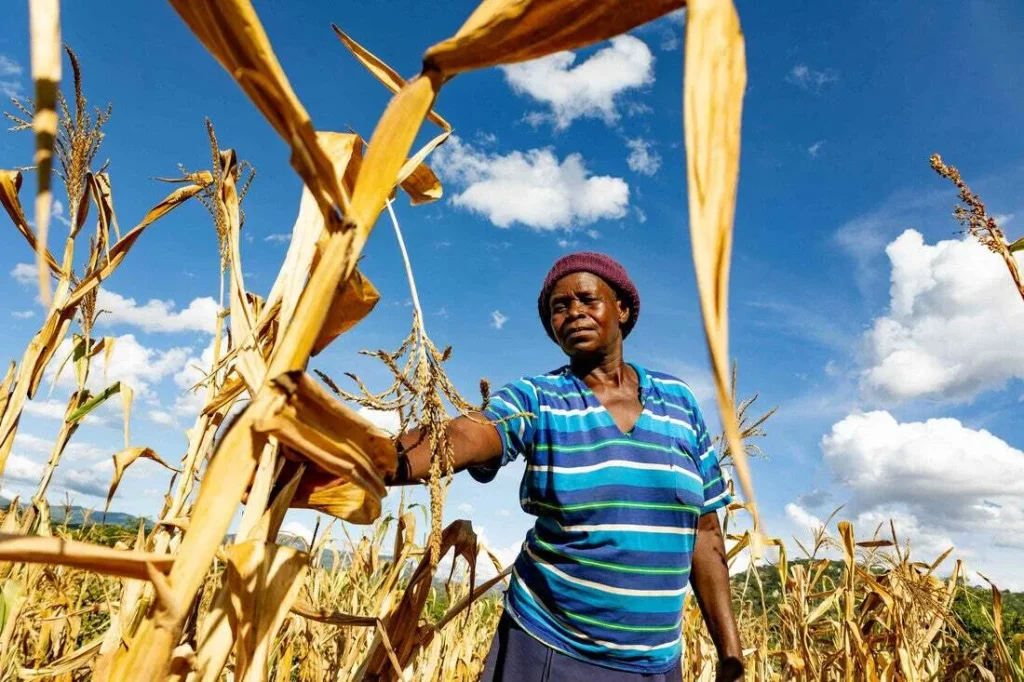
Picure credit: Tanaka Chitsa/CARE.
WITH more than half of Zimbabwe’s population desperate for food assistance, Finance minister Mthuli Ncube has revealed that 6.2 million people in rural areas are grappling with hunger while 1.7 million skint urban dwellers have registered for monthly pocket money from the state.
“During the period July to October 2024, at least 6.2 million rural citizens were reported food insecure. In response, cereals equivalent to 7.5kg bag per month per individual were distributed to food insecure people including schools under the School Feeding Programme.
In addition, at least 1.7 million individuals were registered for the Urban Cash for Cereals Programme, which will provide cash transfers in urban areas, of which approximately 30 000 people have received the cash transfers through One Money [NetOne mobile cash],” Ncube revealed in the 2025 National Budget.
The urban cash transfer beneficiaries are receiving the equivalent of US$8 per individual monthly.
The government says it has cumulatively distributed 224 279 metric tonnes of grain in the period January to October, benefitting 5.5 million food insecure people during the first phase and 4.5 million people in the second phase.
Donors to the rescue
Foreign donors have channelled US$110 million in the form of food assistance to the most food insecure districts, according to Ncube.
On 10 December 2024, cabinet announced that the existing total stock in the Strategic Grain Reserve, comprising wheat, maize and traditional grains, amounts to 245 052 metric tonnes.
“The projected consumption through the Food Deficit Mitigation Programme,
Zunde RaMambo and the School Feeding Programme for the period December 2024 to March 2025 is 241 089. The Private sector will continue to import for commercial purpose, stockfeed and assist in the combating of drought. A record 563 961 metric tonnes of wheat had been harvested to date, surpassing the 465 548 metric tonnes achieved in 2023,” cabinet disclosed.
Meanwhile, by mid-December, only 43% of the targeted 1 035 Ward Drought Mitigation Centres had been established. Hunger-
stricken communities are complaining over the sluggish drought-mitigation schemes.
Govt revises appeal to US$3.3 billion
The Zimbabwean government has revised its food aid appeal from US$2.2 billion to US$3.3 billion, as the number of people needing assistance was projected to increase from an estimated 7.7 million to 9 million.
This means a massive 60% of the country’s entire population is grappling with food insecurity, which the authorities have attributed to a devastating El Niño-induced drought in the 2023-2024 summer cropping season. The 9 million food-insecure citizens are based in both rural and urban areas.
Local Government and Public Works minister Daniel Garwe announced the new figures during the launch of a joint food appeal with the United Nations.
“The overall estimated requirements for interventions by all sectors of the economy are staggered at US$3.3 billion. The humanitarian appeal focuses on immediate needs, recovery and resilience building of the affected populace. In this stride, there is a moral obligation and urgency for the international community to lend a hand for life-saving support to those most in need,” Garwe said.
State of disaster
In April 2024, Zimbabwean President Emmerson Mnangagwa declared a state of national disaster as part of a strategy to mitigate the food crisis. This follows a projected shortfall in local maize production.
According to the Second-Round Crop, Livestock and Fisheries Assessment, maize output was projected at 634 699 metric tonnes, while traditional grains are estimated at 109 572 tonnes during the 2023-2024 agricultural season. This would have brought the total national grain production to 744 271 tonnes, 77% below the production levels achieved in the 2022-2023 farming season. Zimbabwe needs 2.2 million metric tonnes of maize per year. Of this, 1.8 million tonnes is for human consumption while 400 000 tonnes is for livestock feed.
Finance minister Ncube has outlined a “disaster preparedness framework” which he says comprises four flagship programmes.
“As part of the disaster preparedness framework, a three-pronged strategy was developed in response to the national disaster, namely search and rescue, mitigation and resilience building being implemented through the following flagship programmes:
Food Deficit Mitigation Programme; Cash For Cereal Programme; Grain Importation; and Agriculture Input Support.
In May, the UN launched a US$429 million aid appeal to feed 3.1 million hungry Zimbabweans. The UN’s fundraising effort, running from April 2024 to April 2025, will also cover food asstistance, livestock production, cash transfers, and the installation of solar-powered boreholes.
